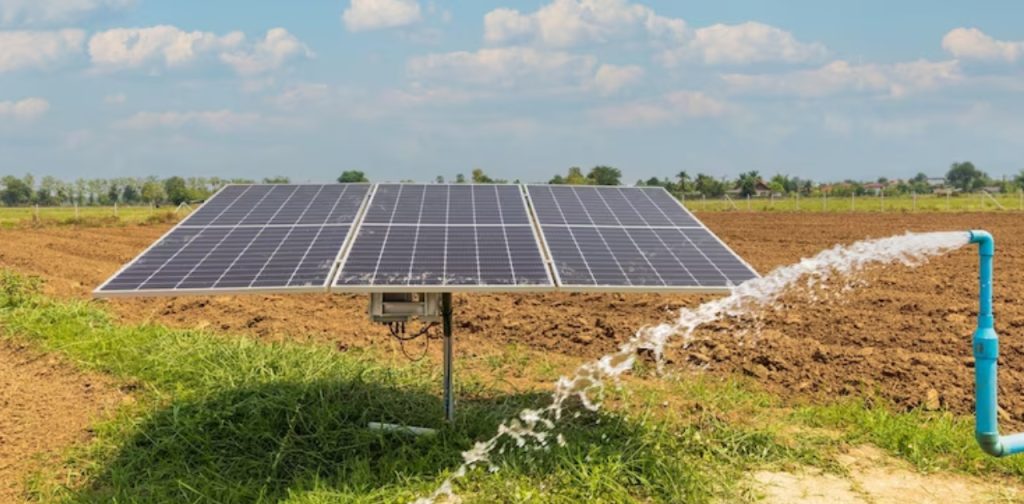Solar energy, a renewable energy source available in abundance, is becoming a game-changer in the agricultural sector. AgroSolar Solutions is transforming the way farming is done, offering a sustainable solution to meet the increasing power requirements of agricultural applications. Harnessing Solar Energy in Agriculture with AgroSolar Solutions: Meeting power needs sustainably for agricultural applications.
One of the primary applications of AgroSolar Systems is powering irrigation systems. Solar pumps and drip irrigation systems have proven instrumental in optimizing water usage, especially in regions with abundant sunlight. This not only ensures a more reliable water supply for crops but also reduces the dependency on traditional, grid-based power sources.
In many agricultural areas, particularly in India, challenges related to grid connectivity are prevalent. Here, Solar Agriculture Solutions provides a practical solution by enabling off-grid farming. Solar panels can be used to generate power for lighting, machinery, and other essential needs, empowering farmers in remote locations to operate independently of the centralized grid.
Post-harvest processes often involve drying crops, a task traditionally performed using non-renewable energy sources. Solar dryers offer a sustainable alternative, harnessing the power of the sun to efficiently dry crops. This not only reduces energy costs for farmers but also minimizes the environmental impact associated with conventional drying methods.
Greenhouses, which play a crucial role in modern agriculture, are increasingly employing solar energy to power operations, from climate control systems to artificial lighting. This not only reduces the carbon footprint but also ensures a more sustainable and energy-efficient approach to greenhouse farming, showcasing the Benefits of AgroSolar Systems.
Solar energy solutions are proving to be a cost-effective means of electrifying agricultural operations. Solar microgrids can be used to power appliances such as electric fences, water pumps, and lighting, contributing to increased farm productivity while reducing operational costs in the long run, a concept known as Solar Farming.
In conclusion, the application of solar energy in agriculture is not just a technological trend, but a sustainable revolution. From water management and powering off-grid farms to providing renewable energy for critical processes, solar solutions are reshaping the agricultural landscape. As technology continues to evolve, embracing these advancements will not only maximize the benefits of solar power but also contribute to a more sustainable and greener future.




